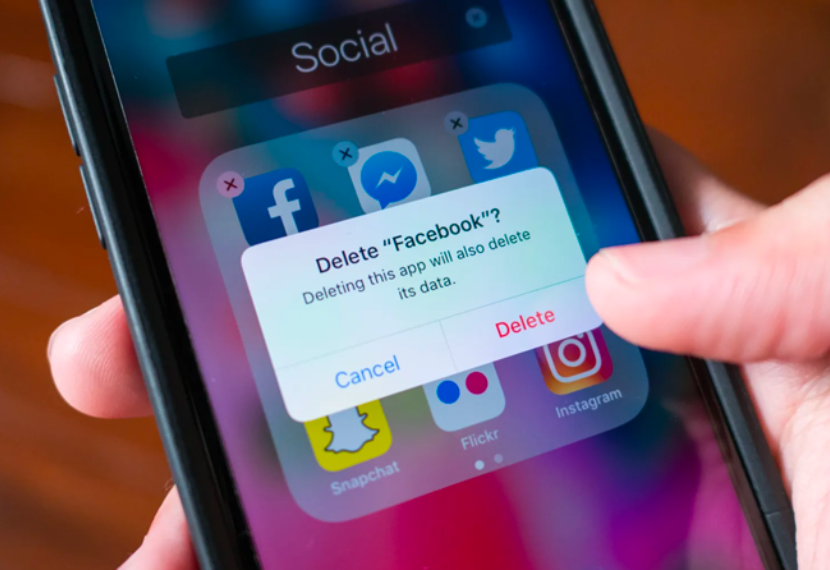In today’s highly competitive market, mobile apps are investing heavily in acquiring new users, meaning churn is more costly than ever before. It’s a harsh reality that every app marketer must face, but unfortunately, churn is a fact of life. Within just three days after installation, the average app loses 77% of its Daily Active Users (DAUs). Within a month, that number jumps to 90%; within 90 days, it’s over 95%.

It’s a tough pill to swallow—the users you’ve worked tirelessly to win over, those who enthusiastically hit the “install” button, often have a change of heart and either uninstall your app or simply fade into inactivity.
But here’s the silver lining: Users who stick around for the crucial first seven days tend to stay engaged for the long haul. That’s why hooking users during this critical day 1-7 window is vital. But that’s not a lot of time to get users to realize and appreciate your app’s value to the point they want to keep using it.
While it’s true that some level of churn is inevitable, focusing on enhancing user retention and engagement will help minimize attrition rates as much as possible.
So, how can you give your app the best shot at surviving and thriving on your users’ devices? Stay with us as we discuss some of the most effective strategies for reducing your mobile app churn rate.
Showcase your value proposition
Once a user installs your app, you’re working against the clock to convince them it’s worth their time and space on their device. And with attention spans shorter than ever, it’s vital to get to the point right away and present your value proposition as quickly as possible.
When onboarding users and highlighting your app’s core features, focus on how each solves a problem for the user. Rather than listing or describing features, demonstrate how they can make the user’s life better or easier.
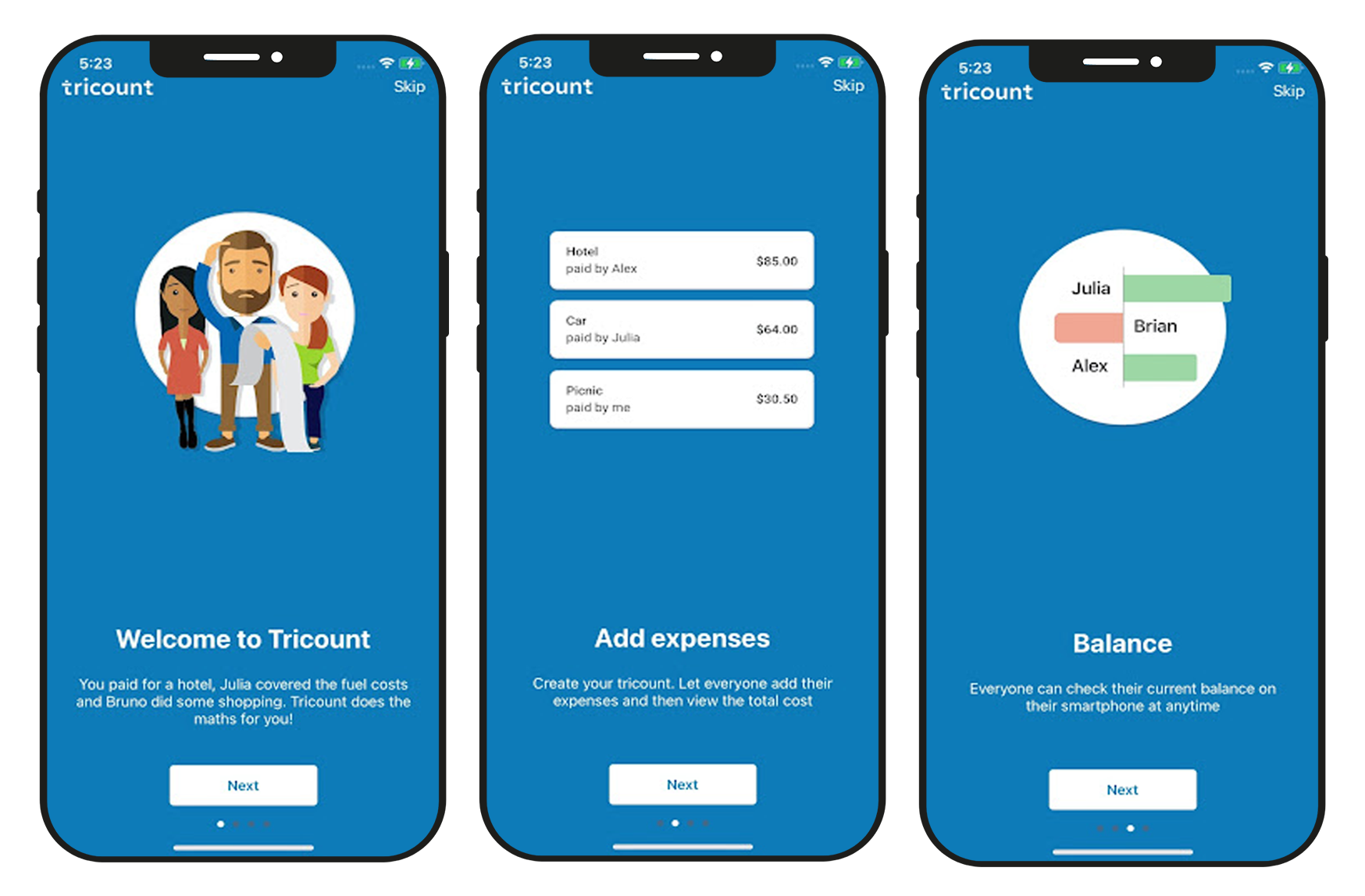
Instead of saying, “Here’s what our product can do,” try “Here’s what you can do with our product.”
Remember, the initial interaction sets the tone for the entire user experience. By effectively showcasing your value proposition and framing it in a problem-solving context, you can increase the chances of users sticking around and finding real value in your app.
Provide seamless onboarding
Let’s talk about something that might seem obvious but often gets overlooked—creating a smooth and user-friendly onboarding process. Not all apps have it, and for some, there’s certainly room for improvement. The key here is to make onboarding as straightforward and intuitive as possible. After all, the more complicated it is to start using an app, the more likely users are to throw in the towel.
One of the first things you can do to streamline the onboarding experience is to remove unnecessary steps and barriers to creating an account. Offer users the option to register with their Facebook or Google accounts; this eliminates multiple cumbersome steps for the user.
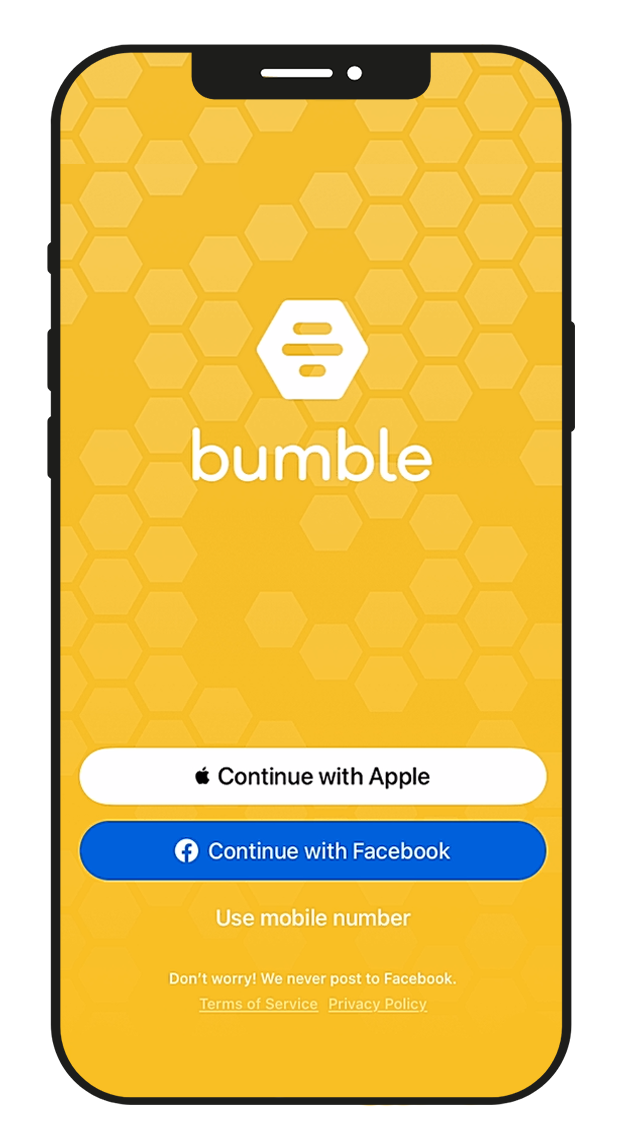
Also, resist the temptation to ask for more details or permissions than is necessary at this stage. You can always request additional information later on. The primary goal here is to get the user to experience your app and its value as quickly as possible.
Great onboarding is all about striking the right balance between what users need to know immediately and what can wait until they need or find it organically within the app. Be selective about the features you introduce during onboarding to avoid overwhelming users during their first app session. Which core features do users need to initially understand for basic app functionality? Prioritize these and gradually introduce other elements when users are most likely to find them helpful.
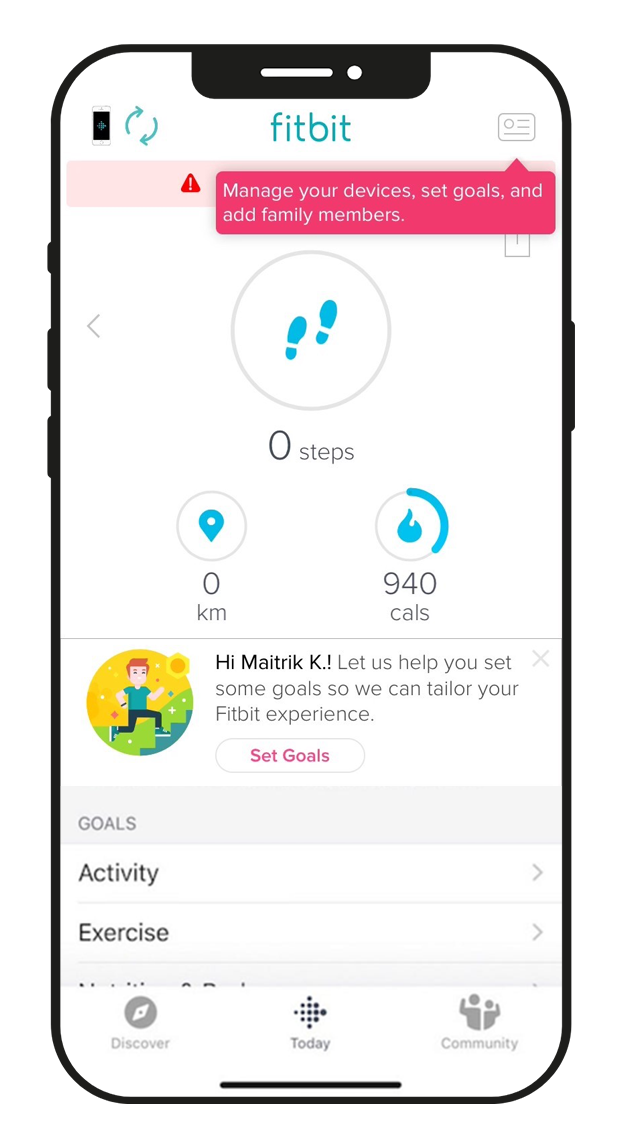
Keep in mind that not every app requires a full guided tour, especially if it falls into a well-established category. In such cases, progressive onboarding might be more appropriate. This is where users explore at their own pace, and the app provides helpful prompts and tooltips contextually, precisely when users need them. However, if your app offers an entirely new and unique experience, you might need to provide more guidance.
Personalize the experience
Your mobile app users want and expect a personalized experience from day one. This might sound challenging when you haven’t yet accumulated personal and demographic data, but you can start learning about your users as soon as they begin interacting with your app.
Shopping apps are a prime example of this. As the user begins exploring your product catalog or engaging with your app, you can gradually build an understanding of their preferences, habits, likes, and dislikes.
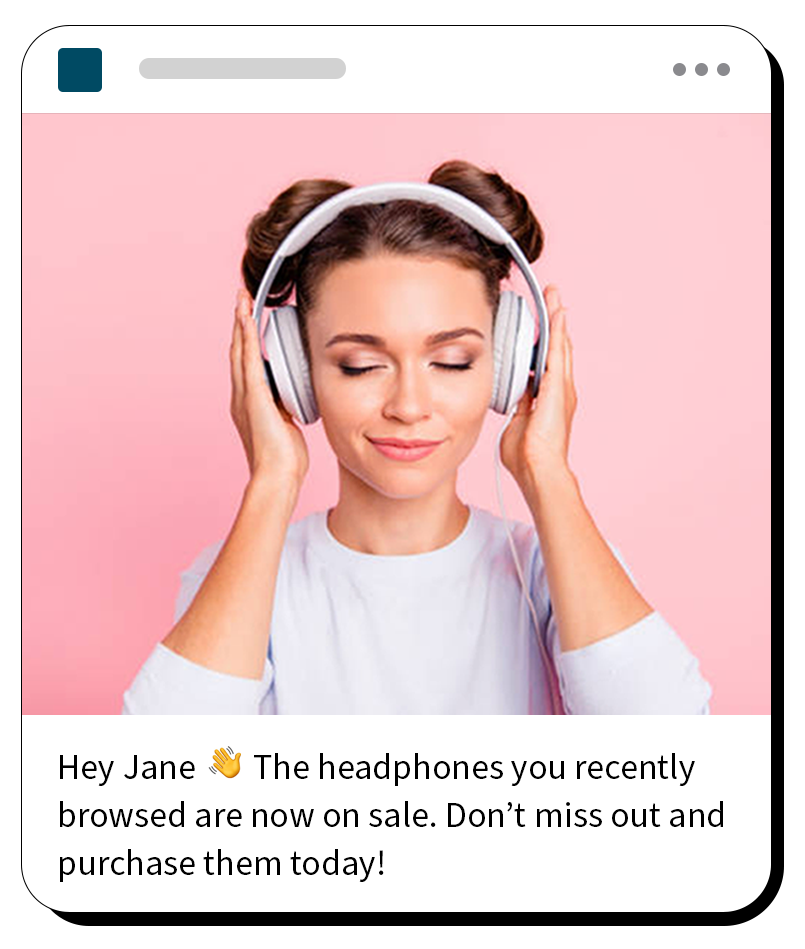
In this initial interaction phase, you can begin tailoring the user experience with personalized content, rewards, and recommendations based on in-app behavior.
That’s why we love apps like Netflix, Spotify, and Audible. They analyze and interpret our behavior so accurately that every time we open the app, it feels like a uniquely tailored experience designed just for us.
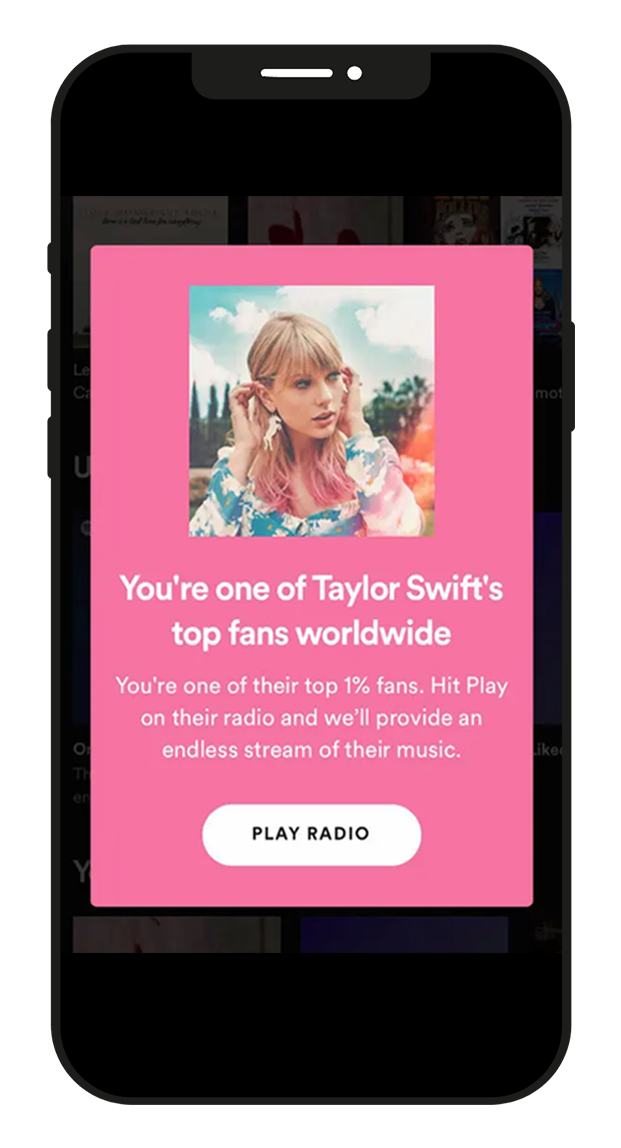
Think about how you can customize the user’s experience right from their very first app session. Pay close attention to the features they use, the content they engage with, the timing of their app usage, and other usage patterns. This information is your compass for personalization.
Communicate regularly
To create lasting connections with your users, communicate regularly through various channels such as purposeful push notifications, in-app messaging, and email. Remind new users to complete registration, send updates about relevant products, and target those starting to drop off with special offers and promotions.
Use deep linking to take users directly to the specific section within your app. For example, if a user leaves a game midway through a level, send a reminder encouraging them to pick up where they left off. Link your call to action directly to the exact place they left in the app for a seamless experience.
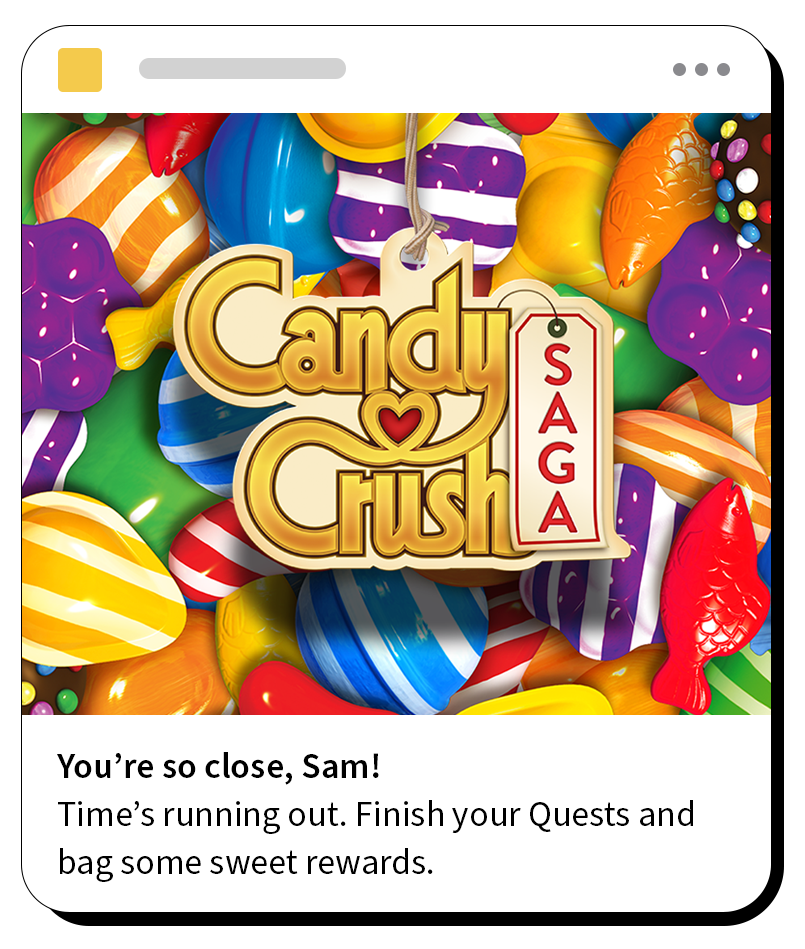
Successful apps carefully craft their communication strategy. Be thoughtful and strategic about how and when you reach out to users. Tailor your messages to their preferences, behavior, and where they are in their customer journey.
In a world filled with distractions, regular communication keeps your app fresh in users’ minds and reinforces its value. It’s not just about staying in touch; it’s about creating a meaningful, ongoing relationship with your users, one message at a time. So, be purposeful, be timely, and be there for your users when they need you most.
Reward your users
Time-sensitive rewards captivate users and encourage continued, repeat app usage. Use the wealth of rich data from your app to cater offers to each user and provide them with relevant incentives that engage and delight.
Recognize and celebrate users’ in-app achievements and milestones. This helps build strong emotional connections and inspires users to continue supporting your brand.
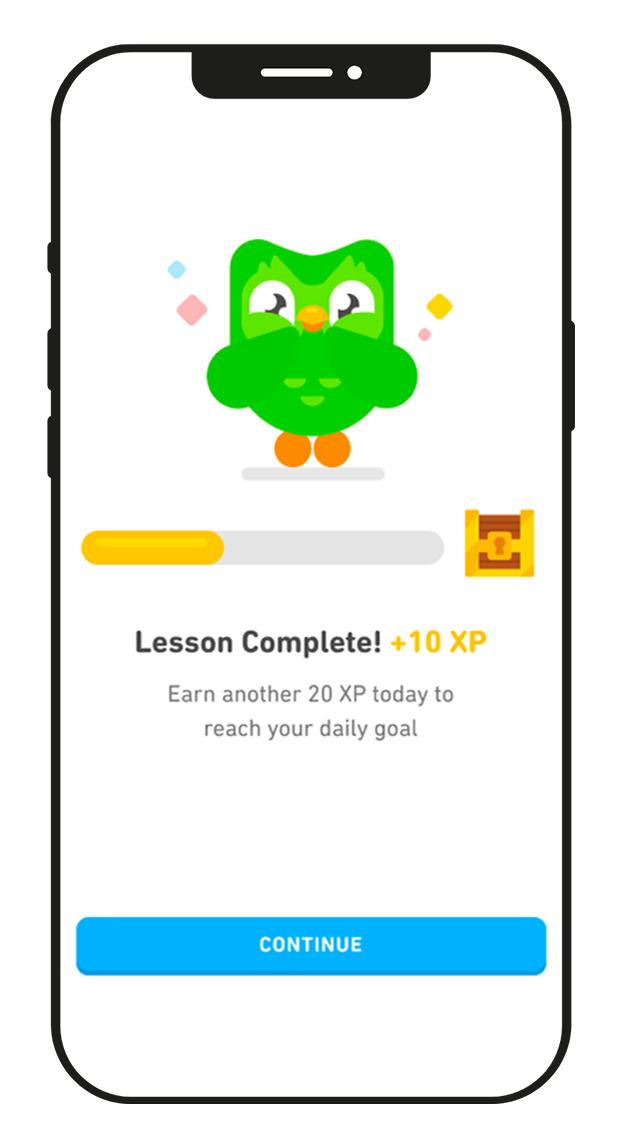
Consider offering app-only rewards like additional discounts, loyalty points, or exclusive access to products. This strategy creates a sense of FOMO and entices customers to remain active on your app. They’ll want to stay engaged to access those special perks.
Some apps seamlessly integrate rewards with their core features. Take Snapchat and Duolingo, for example. They reward users for ‘streaks,’ encouraging users to open the app daily and use its core functionality. This approach engages users and makes the app an integral part of their daily routine.
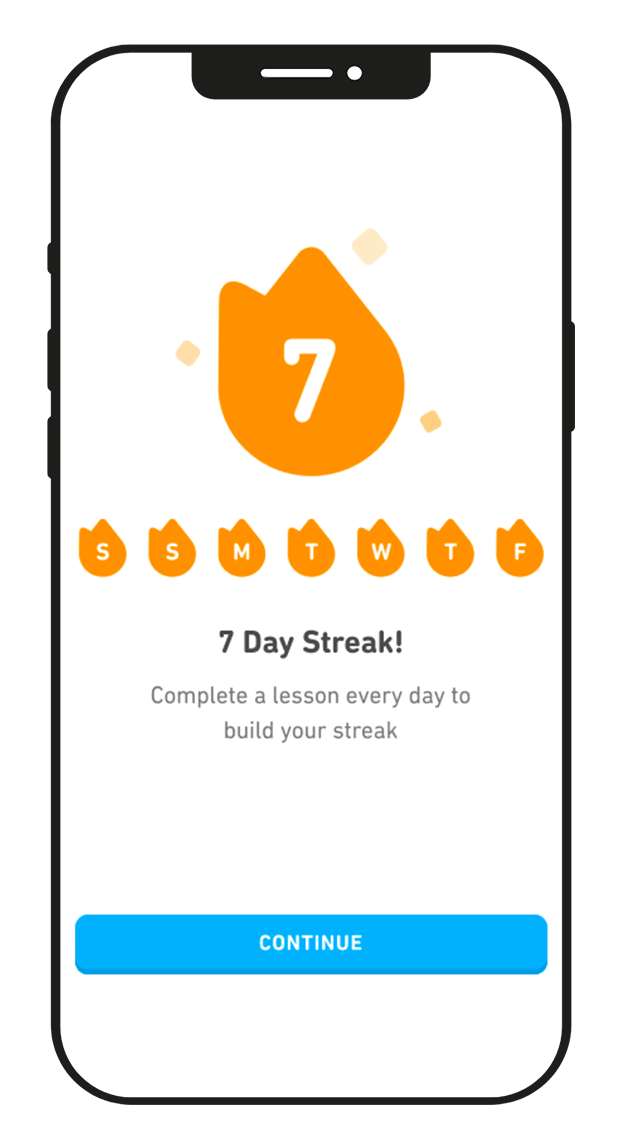
Understanding user behavior for continuous engagement
Early and continuous engagement is essential to retain users in the long run, but it must be well-timed and personalized. The key to minimizing churn lies in understanding user behavior. Only then can you accurately provide the engaging, personalized experiences that are crucial for cultivating an active and loyal user base.
As the app market chttps://messagegears.com/cross-channel-marketing-guide/ontinues to heat up, having a strategy to reduce app churn is critical to growth. Focusing on your app’s experience and keeping users engaged will keep abandonment low and customer LTV high.
Learn more about how you can achieve your mobile retention goals and reduce your app churn rate with MessageGears in a personalized demo.
